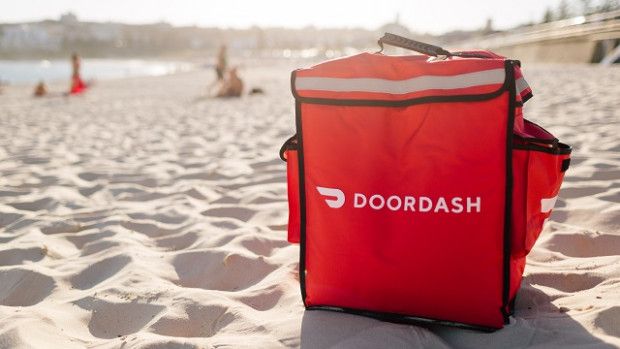
Two months after entering the local market with food delivery services in Melbourne, DoorDash has expanded to Sydney and now covers more than 40 per cent of the Australian population it says.
Launched in the US in 2013, the platform is the market leader in America with 35 per cent market share. But it has a long way to go to catch up with the major players in Australia – UberEats, Deliveroo and Menulog – which have had a significant head start in the much smaller market.
DoorDash says it has partnered with more than 2000 local restaurants, including major QSR chains, such as Carl’s Jr, Nandos, Subway, Grill’d, Crust and Oporto, which is giving away 10,000 free burgers to customers in Sydney to mark the launch on Tuesday. It also offers in-store pick-up for hundreds of restaurants.
DoorDash aims to grow its presence in Australia by targeting customers in the suburbs, not just city centres.
“The unique challenge we’ve sought to solve is not only offer great selection and service in urban environments, but suburban ones as well,” Thomas Stephens, DoorDash’s general manager in Australia, told Inside Franchise Business sibling publication, Inside Retail.
“It’s an incredible opportunity, as it’s where the vast majority of Australian’s live, and one we’re excited to connect.”
However, the platform’s integration hasn’t come without criticism.
DoorDash concerns
Some analysts and food retailers have questioned the platform’s aggressive expansion strategy. The Age and The Sydney Morning Herald reported last month that DoorDash had signed up restaurants to the platform without their permission.
The platform allows customers to order from restaurants that haven’t signed up to DoorDash, with restaurants often finding out an order has been placed only when a delivery rider shows up to collect it.
Stephens said the platform is acting as a “courier service” in these instances, and said restaurants can request to be removed from the platform.
But this doesn’t match up with the “restaurant-led approach” that supposedly differentiates DoorDash from its competitors.
“We’re differentiated from our peer group because of our restaurant-led approach, meaning we offer the most comprehensive suite of services to help bring restaurants online and drive incremental in-store sales,” Stephens said.
Third party pain-points
It’s a familiar story for food retailers in Australia. Over the past five years, the introduction and adoption of delivery platforms and third party aggregators has significant impacted restaurant profitability.
In fact, the impact was so severe that Deliveroo even introduced a ‘Restaurant Revival’ program for outlets that where struggling to make ends meet.
Just this week, Mexican-inspired restaurant franchise The Burrito Bar revealed that third party aggregators had forced the brand to slow growth, culminating in a full network restructure. The chain put an immediate halt to new restaurant growth, focusing instead on existing franchisee profitability and integrating aggregators into the marketing strategy.
While The Burrito Bar’s prior success provided a stable platform to restructure the business, some small players may not have that luxury. As consumer demand grows for delivery platforms moving forward however, the issue can no longer be ignored.
Deloitte estimates online food delivery in Australia will reach $1.3 billion this year. According to Stephens, less than 10 per cent of food sales outside of pizza are delivered currently.

